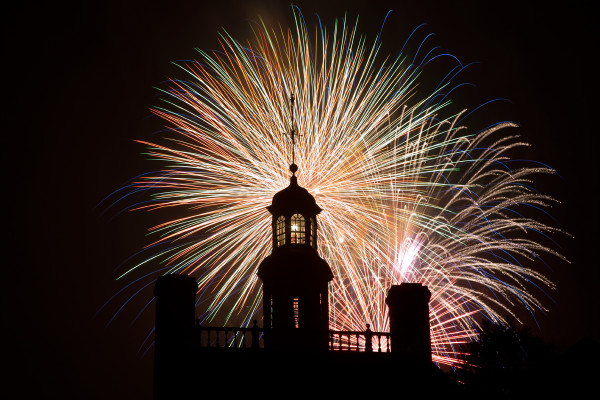Last week I had the great pleasure of accompanying a group of enthusiasts who study the genus Rhododendron.
On one of our treks we explored the balds of Roan Mountain that rise above 5,000 feet on the border of Tennessee and North Carolina and support a great population of Flame Azaleas (Rhododendron calendulaceum) and one of the densest stands of the Catawba Rhododendron (R. catawbiense) in North America.
The Flame Azalea is typically of an orange coloration but occasionally a yellow variant emerges that is prized by those who fancy curiosities of the plant kingdom.
One such specimen has been observed for over twenty years and is remarkable both for its clear yellow coloration and its compact, slow growing habit. Seeds have been collected and cuttings have been made to make this particular variety available to those who fancy such oddities.
The Catawba Rhododendron is one of the most spectacular of our native flowering shrubs and is much coveted not only for its magnificent display of rose-purple flowers but for its evergreen habit.
Both of these plants are found primarily in the mountains of the southern Appalachians and likely because of their relatively inaccessible habitat they were not described to the botanical world until the posthumous publication of Flora Boreali-Americana in 1803 compiled the eminent French botanist, André Michaux.
Michaux first found the Catawba Rhododendron near the headwaters of the Catawba River in the Blue Ridge Mountains of western North Carolina and named it after the river. He also proposed an expedition to the headwaters of the Missouri river to Thomas Jefferson in 1792 and may have preceded Lewis and Clark into the west but for the complications of Franco American politics and the infamous Genet affair.
And now, dear readers, as I near the end of my employment in Williamsburg I am busy with instructing my two young apprentices, Jennifer and Emily, in the art and trade of gardening. As a consequence I must limit our conversation to once a month and will, henceforth, communicate the triumphs and tribulations of the garden on the last Thursday of each month. However, please feel free to contact me at any time with your questions or observations.
I remain, Yr. most obedient and humble servant, Wesley Greene



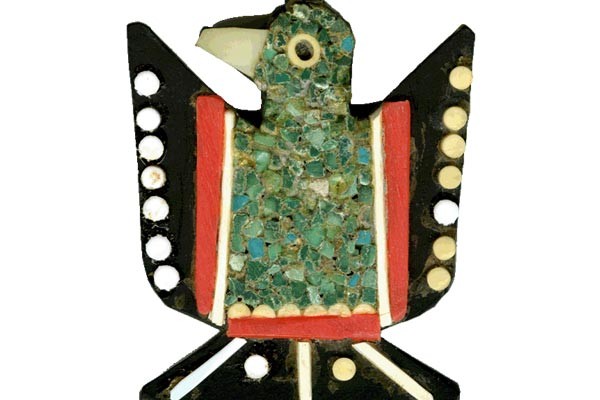 Jewelry may not be what typically comes to mind when you think of “folk art.” But by its very definition, folk art
Jewelry may not be what typically comes to mind when you think of “folk art.” But by its very definition, folk art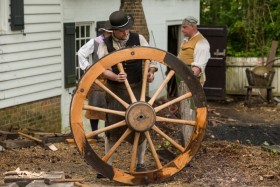
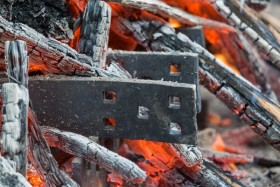


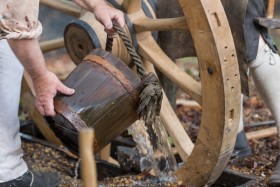

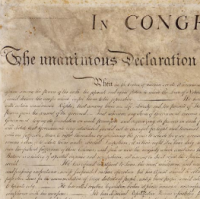
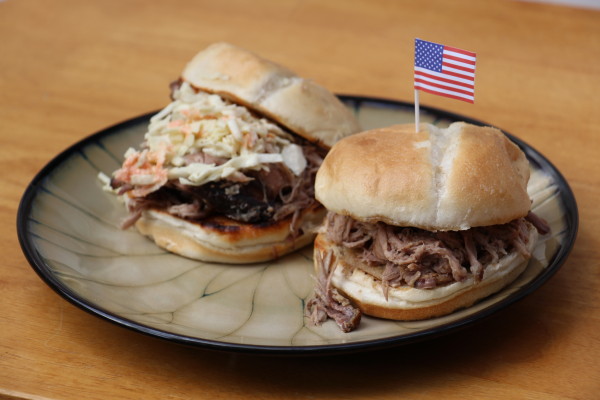
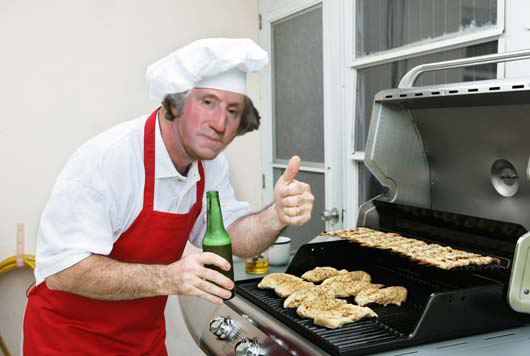 In honor of Father’s Day, we put together a short list of questions ranging from your favorite food to how you’d most like to be remembered. Answer all seven to see which founding father (or two) you have the most in common with. The answer may surprise you!
In honor of Father’s Day, we put together a short list of questions ranging from your favorite food to how you’d most like to be remembered. Answer all seven to see which founding father (or two) you have the most in common with. The answer may surprise you!
